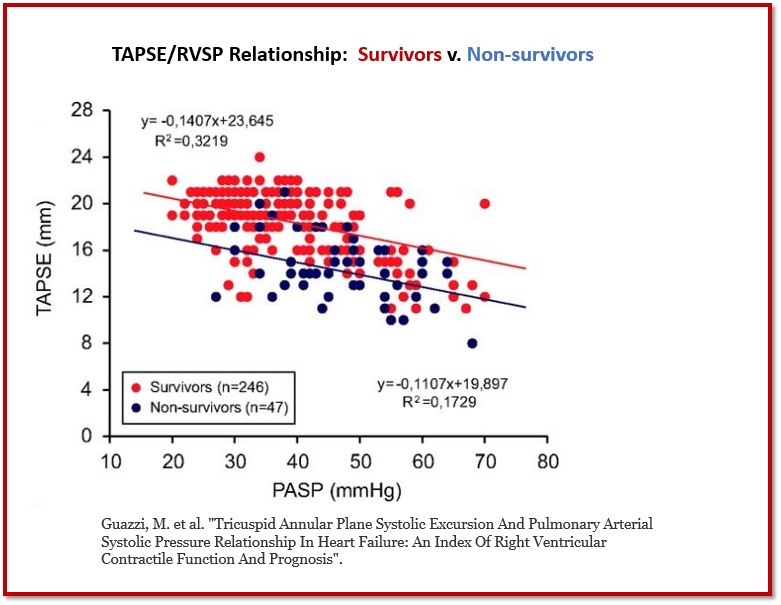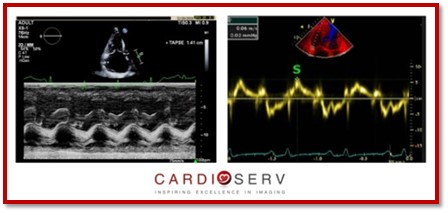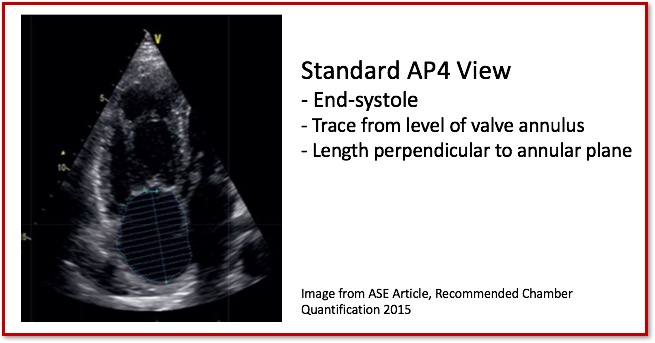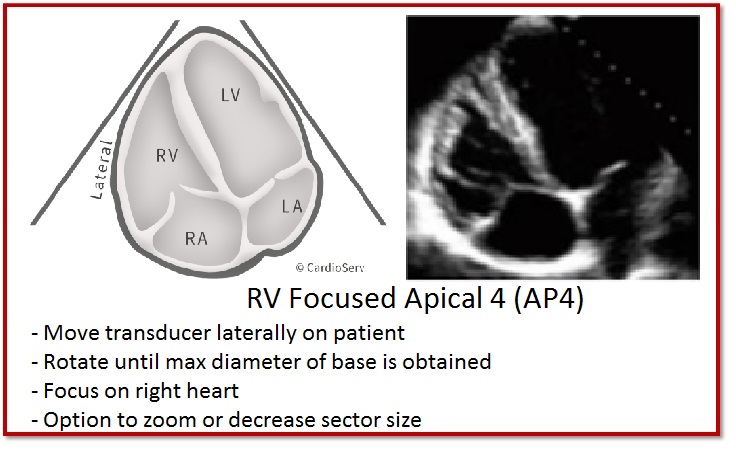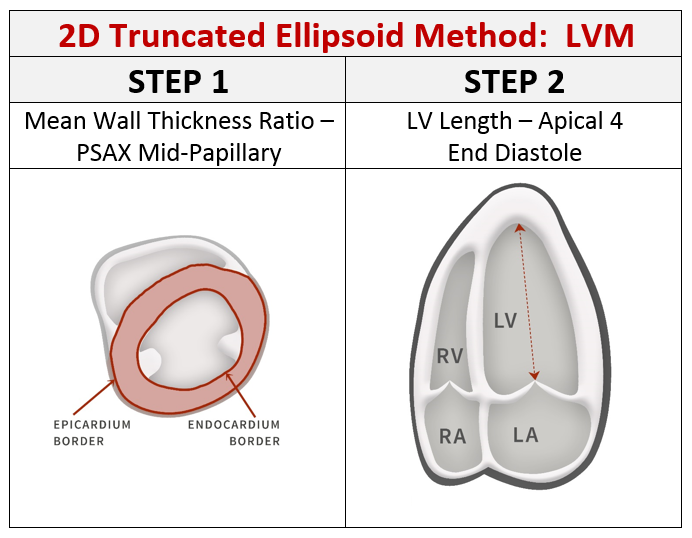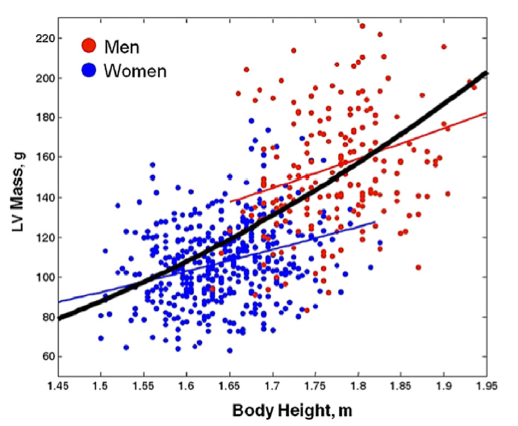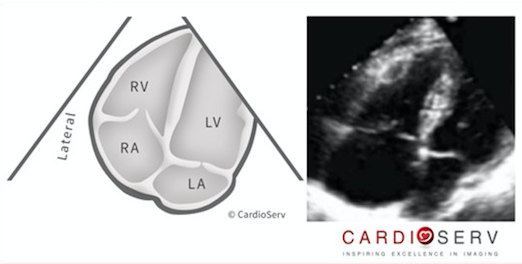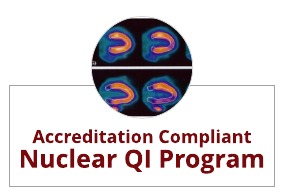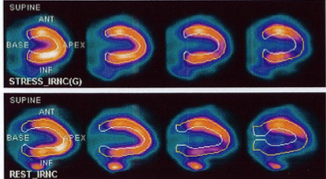5 Things to Know about Using Fractional Area Change (FAC) to Assess RV Function
Before jumping into assessing the RV with the Fractional Area Change method, lets recap the past couple weeks. Last week, we talked about two methods for quantifying the function of the RV (TAPSE & S’ Wave). We selected these methods to explain first due to ease, reproducibility and established prognostic value. As some of our readers pointed out and as we discussed the TAPSE and S’ Wave methods do have limitations though. The 3 main limitations are:
5 Things to Know about Using Fractional Area Change (FAC) to Assess RV Function Read More »


